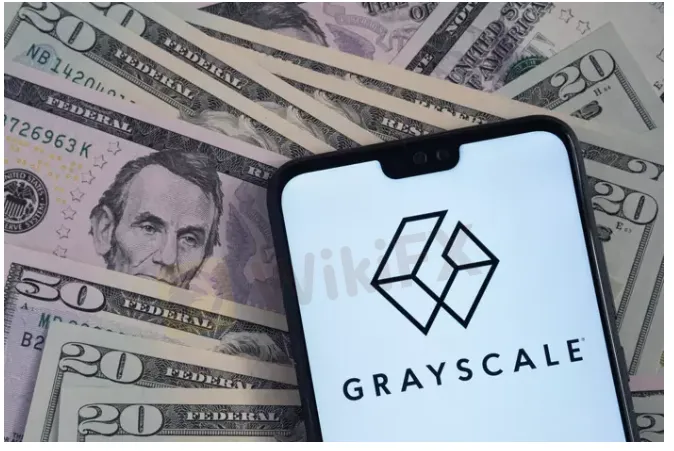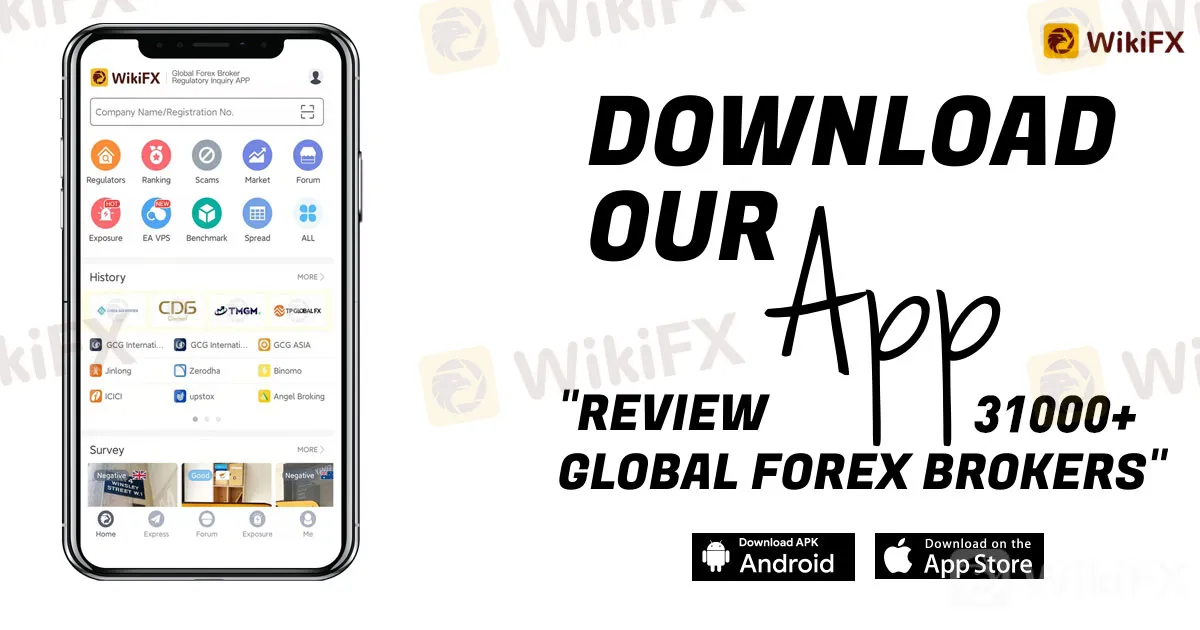简体中文
繁體中文
English
Pусский
日本語
ภาษาไทย
Tiếng Việt
Bahasa Indonesia
Español
हिन्दी
Filippiiniläinen
Français
Deutsch
Português
Türkçe
한국어
العربية
Grayscale Kicks SushiSwap and Synthetix Out of Its DeFi Fund
Abstract:As the first quarter of 2022 ended last week, based on the reviews received on their existing portfolios, Grayscale adjusted the Fund Components.

Key Insights:
During the quarterly rebalance, Grayscale made some changes to all its funds.
Avalanche and Polkadot were added to the Digital Large Cap Fund.
SushiSwap and Synthetix were cut out of the DeFi Fund.
In a press release today, the worlds biggest crypto asset manager Grayscale Investments announced the quarterly rebalance of their portfolios. For those unversed in this, Grayscale has multiple investment funds which track multiple digital assets within them.
And every three months, these funds are analyzed and based on the investors reviews, changes are made to them.
Grayscale Makes New Changes
Now that the second quarter of the year has begun, Grayscale has adjusted its portfolios by removing some assets while also adding some or simply redistributing the money distributed amongst them.
The first was the Digital Large Cap fund (GDLC) which witnessed addition instead of subtraction this quarter.
After adding Solana and Uniswap last quarter, a substantial amount of money was removed from the existing assets to dedicate it to buying two new assets for the fund – Avalanche and Polkadot.
Now holding 1.77% and 1.56% domination in the GDLC, these assets have been given more preference than Litecoin, Chainlink, Uniswap, and Bitcoin Cash.
The second significant change came to the Grayscale DeFi Fund (DeFi Fund), which during this rebalance, lost SushiSwap and Synthetix.
Despite the latter performing exceptionally well over the last couple of weeks in terms of price, Grayscale decided to remove it. Both the assets combined held 6.24% weighting in the DeFi Fund, most of which went to Curve, whose weighting rose from 10.63% to 17.56%.
However, a reduction in asset distribution doesnt always mean that money is being pulled out of the assets. Grayscale explained this by saying,
The DeFi Pulse Index
Similar to how the Grayscale DeFi Fund works, another DeFi asset tracking fund from Scalara, the DeFi Pulse Index (DPI), is also looking at a rebalance today. While the exact details are yet to be revealed, the elimination of Instadapp from the portfolio has been confirmed.
With 14 DeFi assets under its hood, led by Uniswap, AAVE, and MakerDAO, DPI has performed significantly better this month, rising by 31.43%.

Disclaimer:
The views in this article only represent the author's personal views, and do not constitute investment advice on this platform. This platform does not guarantee the accuracy, completeness and timeliness of the information in the article, and will not be liable for any loss caused by the use of or reliance on the information in the article.
Read more

WikiEXPO Dubai on-site videos are here!
Let’s experience the excitement through the video!

WikiEXPO Dubai on-site videos are here!
WikiEXPO Dubai on-site videos are here!

WikiEXPO Dubai 2024
Come and experience it with us!

The WikiEXPO2024 Dubai After Party came to a successful end
Last night in Dubai, there was a financial party with big shots gathering and stars shining brightly.
WikiFX Broker
Latest News
ASIC Sues Binance Australia Derivatives for Misclassifying Retail Clients
Geopolitical Events: What They Are & Their Impact?
Top 10 Trading Indicators Every Forex Trader Should Know
WikiFX Review: Is FxPro Reliable?
Trading frauds topped the list of scams in India- Report Reveals
Malaysian-Thai Fraud Syndicate Dismantled, Millions in Losses Reported
Why Do You Feel Scared During Trade Execution?
Revolut Leads UK Neobanks in the Digital Banking Revolution
Fusion Markets: Safe Choice or Scam to Avoid?
SEC Approves Hashdex and Franklin Crypto ETFs on Nasdaq
Currency Calculator


